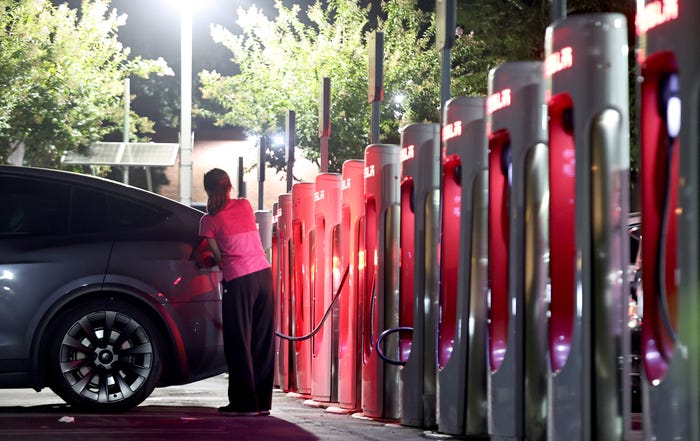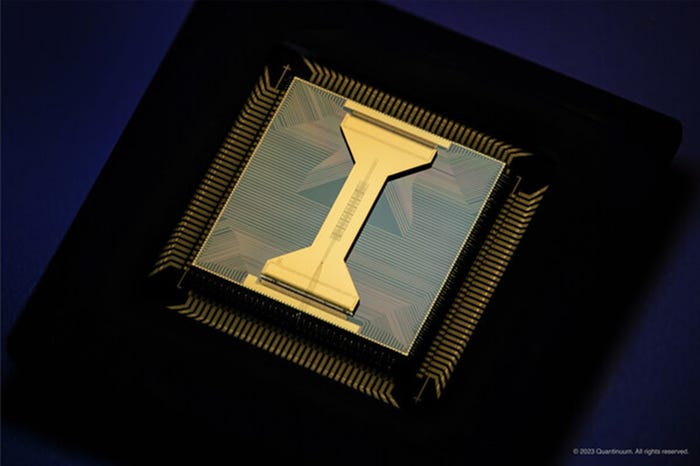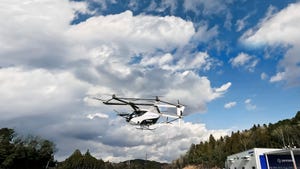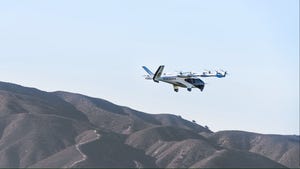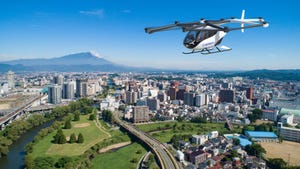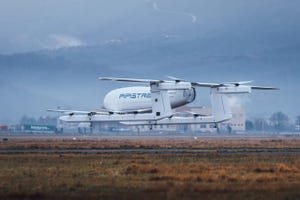China Automaker’s Self-Driving Tech Rollout Could Spark Price WarChina Automaker’s Self-Driving Tech Rollout Could Spark Price War
World’s largest seller of electric vehicles ahead of Tesla, launches new driver assistance systems

Chinese automaker BYD has launched its new God’s Eye driver assistance systems – and the move could have huge repercussions for the motor industry, sparking a price war for cars with automated tech.
The company, now established as the world’s biggest seller of electric vehicles, ahead of Tesla, revealed its plans at a live-streamed event from the city in which it is based, Shenzhen.
And the scale of its ambition was reflected in the fact that it announced that 21 models in China are to benefit from the tech, with the cheapest – the Seagull SUV – available for less than the equivalent of $10,000.
Even though there are different levels of God’s Eye – with more expensive vehicles getting more advanced versions – BYD’s ability to equip a model at a sub-$10,000 price point with such a solution is sure to have competitors concerned across the globe.
All 21 cars now fitted with the tech went on sale in China immediately after the event, including every BYD-branded model above 100,000 yuan (the equivalent of $13,688), plus three below (including the Seagull).
Until now, BYD has typically offered smart driving assistance on cars priced in the region of 200,000 yuan ($27,377) and above. None of the models with God’s Eye has had its price raised.
The entry-level version of the tech, known as God’s Eye C, uses three front-view cameras, five panoramic cameras and four-surround view cameras, plus five mm-wave radars and 12 ultrasonic radars. It also features the DiPilot 100 computing platform, which has a peak power of 100 trillion operations per second (100 TOPS).
God’s Eye C is being used on BYD-branded vehicles, which also feature the brand’s Xuanji architecture that essentially functions as the cars’ brain and neural network. Moving forward, this will be connected to the DeepSeek R1 Large Model to enhance cars’ AI capabilities.
Moving up a level, God’s Eye B ups the ante with the addition of a lidar sensor and the use of the DiPilot 300 platform, which offers power of 300 TOPS. This version of the tech is fitted to flagship BYD badged cars, plus models sold under the Fang Cheng Bao and Denza brands.
Sitting at the top of the tree is God’s Eye A, which has three Lidars and DiPilot 600, with 600 TOPS power. This will feature on models from BYD’s luxury brand Yangwang, including the self-driving U9 supercar that recently featured on a mind-boggling video leaping over potholes without anyone behind the steering wheel.
Clearly encouraged by the response to that video, BYD showed another video of the U9 – subsequently uploaded to YouTube by the CarNews China outlet – performing at high speed on a racetrack with no driver.
The capabilities of the three God’s Eye systems will obviously vary, but the top-level applications will see vehicles use navigation-based assistance to take control of some driving tasks in cities, while the more modest versions will function only on freeways initially. Over-the-air updates will continually evolve the tech.
BYD is believed to have around 5,000 engineers working on driver assistance tech, with the company steadfast in its belief that automation is set to become a key battleground for EVs.
About the Author
You May Also Like



